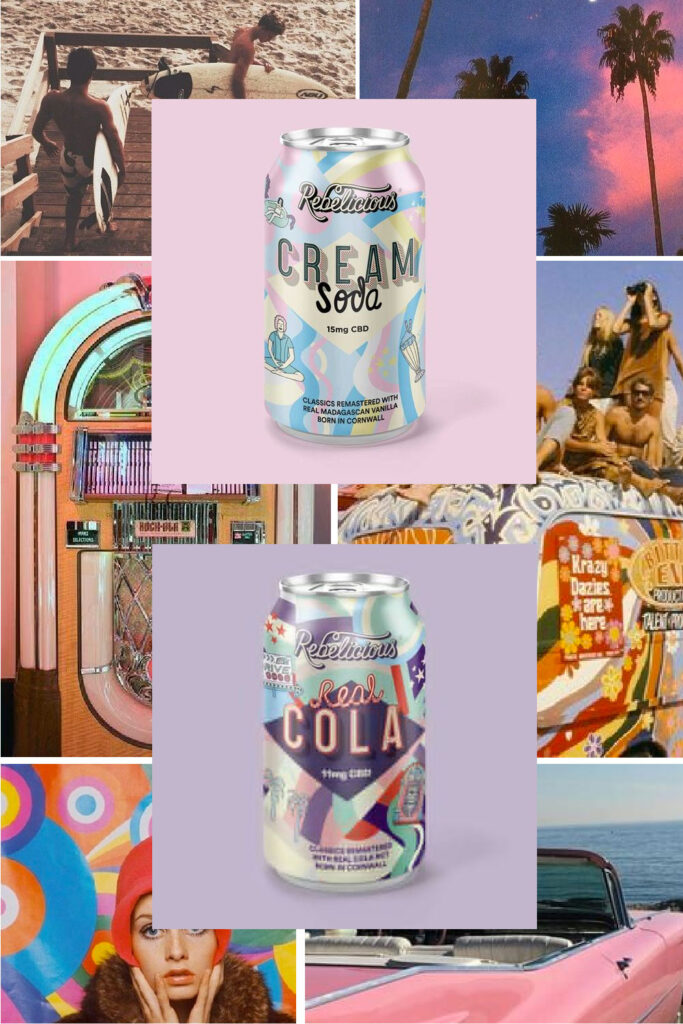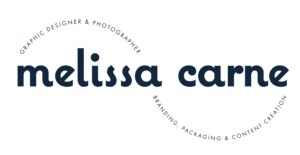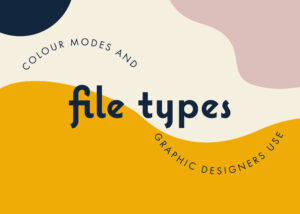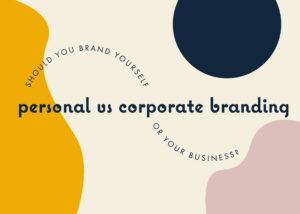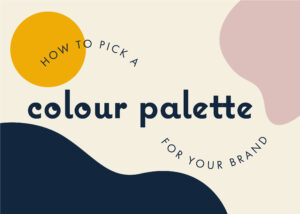How to make a mood board for your brand
This post is all about how to make a mood board for your brand. I absolutely love mood boarding and find it so helpful for gathering inspiration and giving me a direction for my own business but also for the businesses I freelance for.
What is a mood board?
A mood board is a series of images, drawings, fabrics, colours etc in a collage format. You can use a mood board for anything. It could be for your over arching brand look and feel, but you could also have individual mood boards for your branding, product design, website design, logo design etc.
Mood boards can also be used to help get an idea of how you may want your home to look, how you want to dress that season, even what kind of haircut you want.
Why is a mood board helpful?
A mood board helps you to communicate an idea or concept to another person quickly and effectively. Whether that is to a hairdresser, another member of staff at your business, investors, basically whoever you need to show. You can even just create one for your own reference.
In my case I use mood boards to show my clients concepts before I start the design process. Mood boards allow me to show my clients what I am thinking and to see if they like an idea before I start to get to work.
How to make a mood board
A mood board normally starts with an idea or concept. You will need to find a source of inspiration. That could be that you like Jennifer Aniston’s haircut in friends (if you want to create a mood board for haircuts.) Or you saw a really nice worktop in B&Q (if you want to create a mood board for your kitchen.) Or you fell in love with the packaging you had your morning’s orange juice in (if are you are starting up a drinks business.)
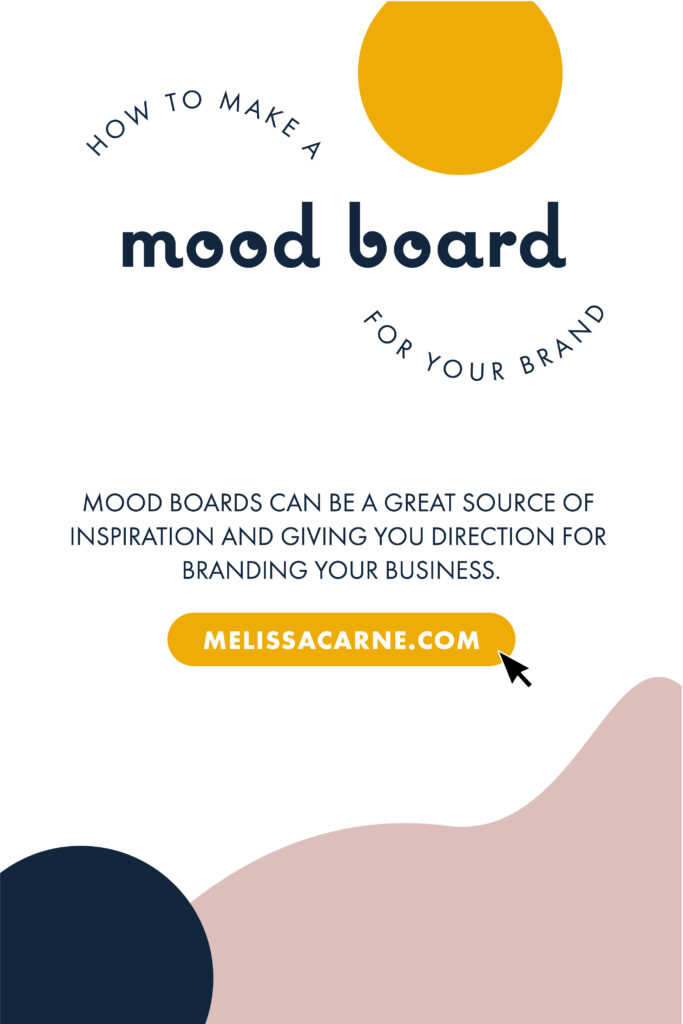
Need some design help?
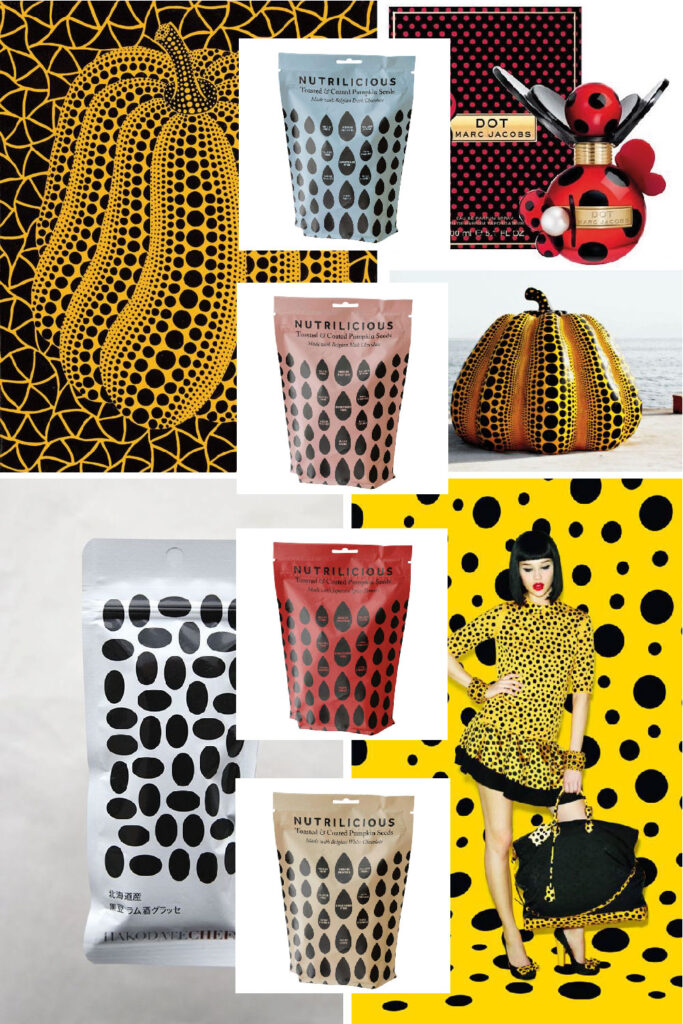
However, the best sources of inspiration always stems from a feeling or something completely unrelated from what you’re trying to achieve. This may be hard to conceptualise (it does take practice.) But the results are always so much better. Instead of just ripping off that companies orange juice packaging because you were inspired by it, think why did you like it, was it the colour? The pattern? The way it made you feel like you were drinking something fresh? By thinking like this you will create a mood board that is more holistic and it will give you so many more ideas to spring from.
To find images that you can start to piece together to create a mood board with I would highly recommend looking at Pinterest. It is a great resource and one I use daily. Sometimes it can take a while to get the ball rolling however, once you find one image you can click through and then it will bring up more related images and so on and so on. It is honesty a worm hole! However, if you’re really struggling you can take a look at my current Pinterest boards to get you started.
A mood board helps you to communicate an idea or concept to another person quickly and effectively.
Melissa Carne Tweet
My mood board examples
This mood board was created for a pumpkin seed brand. I was really inspired by the artist Yayoi Kusama and her artwork with pumpkins. This concept is very easy to see how I got from A to B and then how I translated that onto a piece of packaging.
Want to keep up to date?
Join my newsletter to receive offers, resources and read my latest blog posts.
However the idea of Africa which I used as inspiration for the Not.Corn packaging may be a bit harder to conceptualise. The idea came from the fact that sorghum is an ancient African grain so when I researched into African history and culture and stumbled upon African patterns I used that as a spring board. As you can see I have put pieces of packaging onto the mood board which also use this African inspired pattern. This is not to copy them but to give myself an idea of how to put this pattern onto items of packaging. When I then come to designing the packaging I can take elements I think work well from each and mash them altogether as a starting point.
How to put a mood board together
Putting a mood board together should be a fun, messy and sometimes a time consuming process. It’s okay to put things on and take it off again. I would suggest gathering as many images as you can when you’re in a creative flow state and then spend an allotted amount of time for putting them together. Some things may not match or fit, it’s a trail and error process and the more you do it the better you get. I would just make sure that everything you put on your mood board is very intentional, if it’s not perfect get rid. And less is always more, try and keep to about 10 images max.
Actually making the mood board
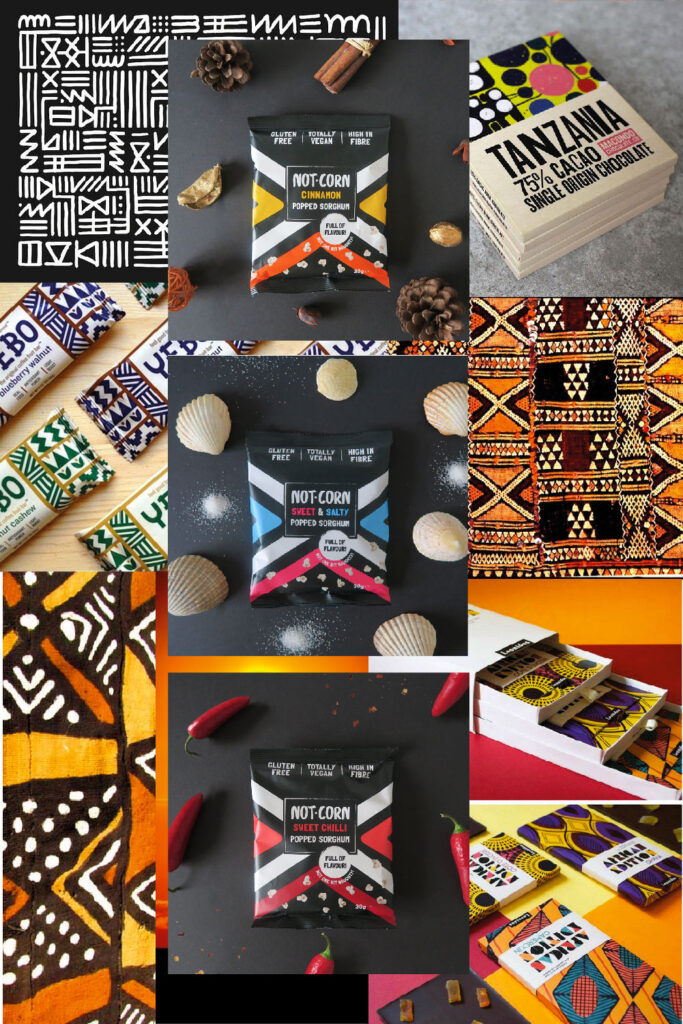
my services
